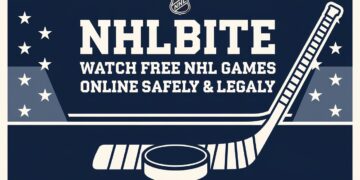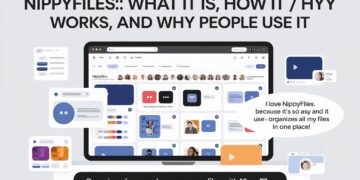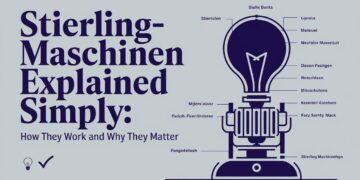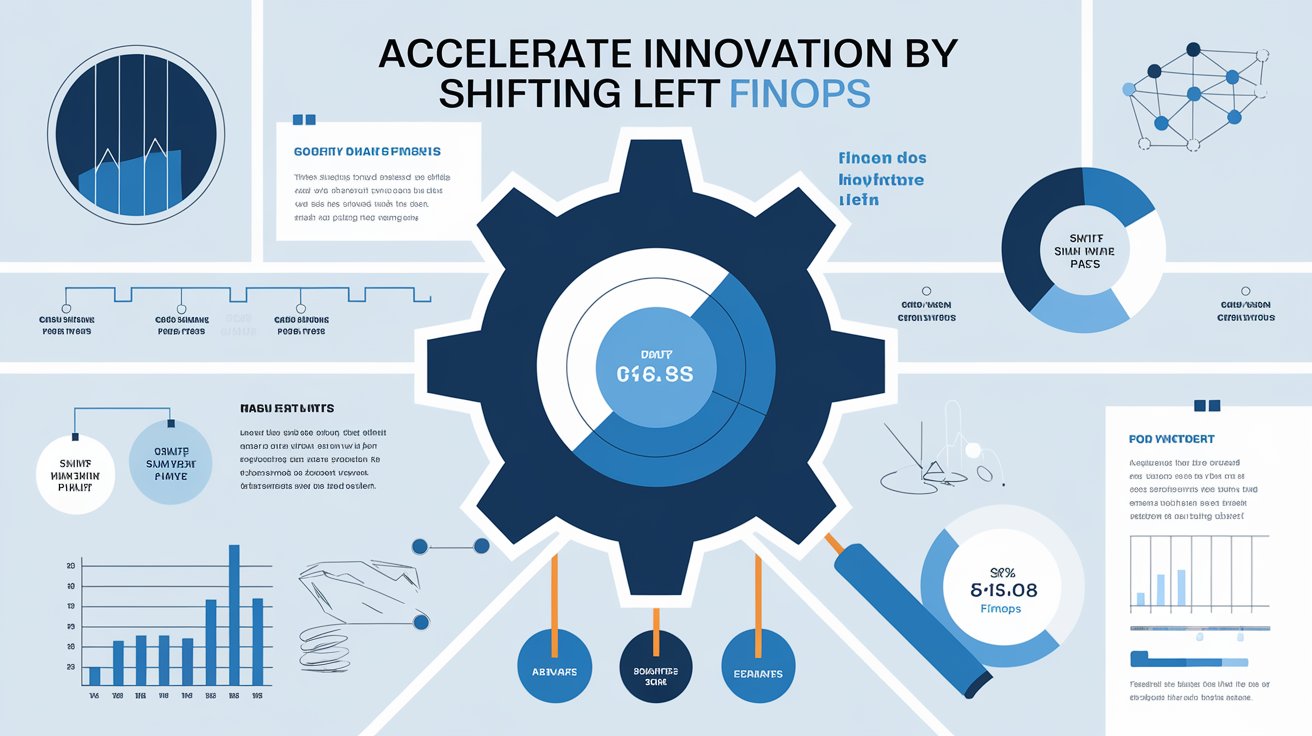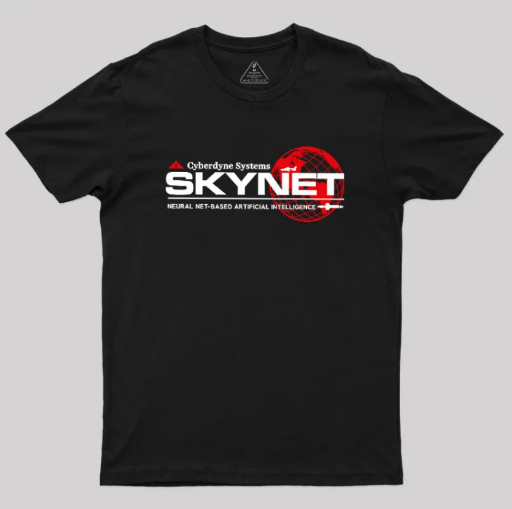Ever stumbled upon a strange term like qratoolbing and wondered what it really means?
You’re not alone. Many users have found themselves typing this unusual word into search engines, hoping to find something useful. At first glance, qratoolbing might seem like a typo or a random string of characters. But when you break it down, it opens the door to a world of fascinating, powerful tools used across industries.
So what exactly is qratoolbing?
Let’s dive deep into this keyword, understand what users are really looking for, and explore the tools it may be pointing to.
Biography-Style Table for “qratoolbing”
| Attribute | Details |
|---|---|
| Keyword | qratoolbing |
| Origin | A hybrid or fragmented search term combining QRA Tool, QR Tool, and Bing (search engine), possibly due to mistyping or blended search behavior. |
| Meaning | Represents a mix of tools including Quantitative Risk Assessment software, QR code utilities, or bioinformatics tools like qRAT. |
| History | Emerged from digital search trends; often appears as a misunderstood or combined query used by professionals or students seeking advanced tools or platforms. |
| Usage | Commonly searched for locating software related to industrial risk assessment, QR code generation, or scientific data analysis. |
| Purpose | To identify and utilize specific tools that help in analyzing risk, managing data, generating QR codes, or decoding complex scientific information. |
| Relevance | Gaining attention in technical circles due to increasing needs for safety analysis, digital engagement (QR), and scientific research analytics. |
| Popularity | Not highly searched in mainstream markets but popular in niche industries like oil & gas, bioinformatics, and enterprise-level marketing. |
| Industries Involved | – Engineering & Process Safety – Chemical & Oil Refinery – Digital Marketing – Genomics & Bioinformatics |
| Applications | – Risk modeling and simulation – QR code-based campaigns and logistics – Gene expression studies and lab analysis |
| Key Tools Referenced | – QRATool© by BakerRisk – qRAT (bio.tools/qrat) – QR Tool apps (Google Play Store) |
| Benefits | – Informed risk decisions – Fast mobile access via QR – Efficient scientific data interpretation |
| Drawbacks | – Confusing keyword due to fragmentation – Not well-documented in public platforms – Often misunderstood in casual search |
| Search Engine Connection | “Bing” suggests users are performing this query via Microsoft Bing, indicating a platform-based search pattern. |
| Long-Tail Variations | – Quantitative Risk Assessment software – QR code scanner & generator tool – qPCR analysis tool qRAT |
| External References | – Wikipedia – Quantitative Risk Assessment – bio.tools/qrat |
| Future Scope | Expected to evolve as a shorthand or accidental fusion of broader software queries as AI-powered tools and QR ecosystems expand across industries. |
What Is qratoolbing? And Why Are People Searching for It?
The keyword qratoolbing seems to be a mix of multiple tech-related terms. Here’s a simple breakdown:
- QRA Tool — Short for Quantitative Risk Assessment Tool
- QR Tool — Tools related to QR code generation or scanning
- Bing — Likely refers to the search engine where the term was typed
But why are these tools important? What roles do they play in our daily lives or professional environments?
Let’s answer that.
Why Do Professionals Search for QRA Tools?
Quantitative Risk Assessment (QRA) tools are essential in industries where safety and risk must be measured precisely—think oil refineries, chemical plants, or finance.
But what exactly do these tools do?
They help experts:
- Model potential disasters (like fires or explosions)
- Calculate the likelihood and impact of failures
- Develop strategies to prevent catastrophic outcomes
These tools are not just about numbers—they’re about saving lives, protecting investments, and ensuring operational safety.
Still wondering where these tools are used?
Let’s look at some real examples.
Where Are QRA Tools Used?
- Oil and Gas Facilities: To model leaks or pressure failures
- Chemical Plants: To understand explosion zones
- Transportation Systems: To ensure route safety and hazard reduction
- Finance: For modeling risk in portfolios and large-scale investment decisions
Companies like BakerRisk offer proprietary software such as QRATool© that helps simulate real-world risk in controlled environments.
Now that’s powerful.
So How Does This Connect to qratoolbing?
Someone searching for qratoolbing might actually be trying to find:
- A QRA tool used for complex industrial safety analysis
- A QR code tool for scanning or generating codes
- Or even a qPCR analysis tool like qRAT, used in bioinformatics
Let’s unpack each possibility so you can find what you’re truly looking for.
QR Tools: Everyday Utilities for a Mobile World
QR codes are everywhere—restaurant menus, mobile payments, package tracking. But behind those little black-and-white squares is powerful software.
Why are QR tools so popular?
Because they’re simple, fast, and incredibly useful.
Whether you want to create a QR code to share your business card or scan one to make a payment, a QR tool makes it happen instantly.
What Can QR Tools Do?
- Generate QR codes linked to URLs, text, contacts, or files
- Scan QR codes using your phone’s camera
- Track engagement (if you’re using dynamic QR codes)
- Customize QR designs to match your brand
You can find great apps like QR Tool by Ubigreen or QR Tool by Vbfnet Apps on the Google Play Store.
Still unsure which QR tool is right for you?
Start with free online platforms like QRCode Monkey or Scanova.
What About Bioinformatics? Is That Part of qratoolbing Too?
Yes, and here’s where things get more scientific.
A lesser-known but equally important tool linked to qratoolbing is qRAT — an R-based tool used for gene expression analysis in bioinformatics.
But what does that even mean?
Let’s say a researcher is studying how a gene reacts to a certain medication. They use qPCR (quantitative polymerase chain reaction) to measure how much the gene is turned on or off. Tools like qRAT help process that data in a clean, visual way.
This is vital in research fields such as:
- Genomics
- Cancer biology
- Personalized medicine
- Agricultural genetics
Platforms like ScienceDirect and ResearchGate frequently publish studies citing tools like qRAT for this purpose.
So What Is the True Intent Behind qratoolbing?
After looking into all the variations, here’s what qratoolbing likely points to:
| User Type | What They’re Probably Looking For |
|---|---|
| Engineers or Analysts | Quantitative Risk Assessment (QRA) Tool |
| Business Owners or Marketers | QR Code Scanner/Generator Tool |
| Scientists or Bio Researchers | qRAT Gene Analysis Tool |
In every case, the goal is clear: find a reliable, functional tool to solve a specific technical or practical problem.
Trends Worth Noting in 2024–2025
1. AI in Risk Management:
Newer QRA tools now integrate machine learning to predict system failures more accurately and reduce human error.
2. Secure QR Code Systems:
To combat phishing and fraud, modern QR tools now include traceable links and password-protected QR access.
3. Advances in Bioinformatics:
Tools like qRAT now offer faster data crunching, integration with genomic databases, and intuitive UI for better visualization.
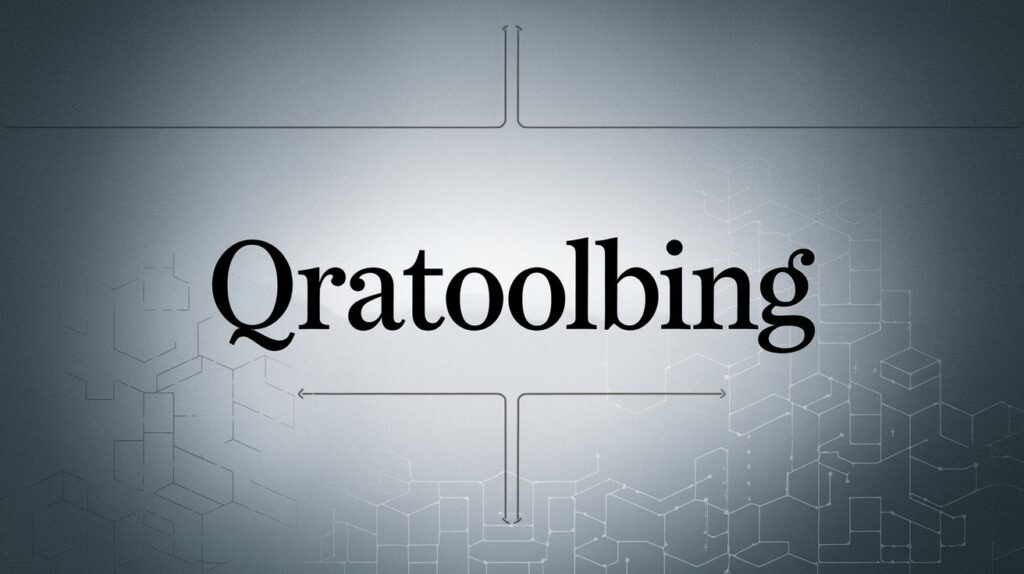
Popular Questions You Might Be Asking
How do I choose the right tool when searching “qratoolbing”?
Ask yourself: What am I trying to achieve?
If it’s safety modeling, go for QRA tools. For quick information sharing, try a QR code app. If you’re researching gene behavior, qRAT is your answer.
Are there any free tools available that match “qratoolbing”?
Yes. For QR codes, tools like QR Code Generator or QRCode Monkey are excellent.
For gene expression, qRAT is open-source and can be accessed via bio.tools.
Where can I read more about the concepts behind “qratoolbing”?
You can explore:
- Wikipedia – Quantitative Risk Assessment
- Encyclopedia Britannica – Risk Management
- Scholarpedia – Gene Expression
Final Thoughts: From a Confusing Term to Clarity
It’s incredible how a mistyped or fragmented word like qratoolbing can open doors to such meaningful technology. Whether you’re optimizing safety protocols, engaging customers, or analyzing DNA, this keyword points you in a direction that matters.
The next time you see a confusing term like this, don’t ignore it—explore it.
Because sometimes, the best tools are hiding behind the strangest words.


